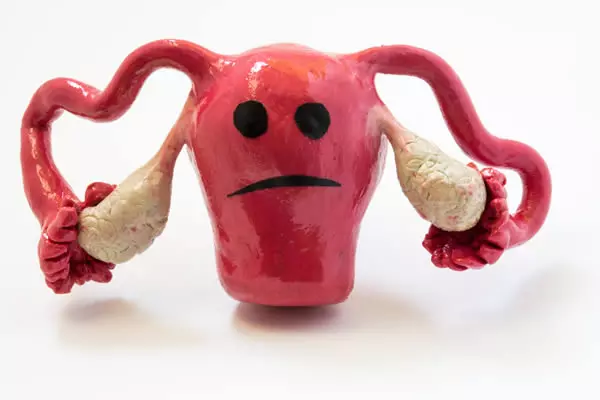Learn All About Body Mechanics and Posture for Prolapse
Do you feel a bulge or feel like you are sitting on a ball in the pelvic area? What should you do? Don’t freak out, there is help for you! Here are some things to get you started:
See your gynecologist
Not all prolapses are the same. They can vary based on which organ is descending and how far it has descended (grade).
Prolapse will be diagnosed based on which organ is descending:
- Cystocele: The bladder falls backward into the front (anterior) vaginal wall, the most common type of prolapse
- Urethrocele: A prolapse of the urethra (the tube that carries urine)
- Uterine prolapse: A prolapse of the uterus
- Vaginal vault prolapse: prolapse of the vagina
- Enterocele: Small bowel prolapse
- Rectocele: the rectum falls forward into the back (or posterior) vaginal wall
Prolapse will also be graded based on how far the organ has fallen:
- Grade 0 (no prolapse)
- Grade 1
- Grade 2
- Grade 3
- Grade 4 (organ in question is bulging out of the vagina)
You can read more specific information on the grades of prolapse in this article from American Family Physician.
See a Pelvic Floor Therapist
Ask your doctor for a referral to pelvic floor physical therapy, call us at Femina Physical Therapy if you’re in the Los Angeles Area, or look up a pelvic floor therapist near you. Pelvic floor therapy can rebuild and restore pelvic floor strength and function. See our previous blog post for more information on how therapy can help.
Breathe!
Holding your breath will create extra pressure in the abdomen, which will encourage your organs to migrate further south. Practice deep breathing on a regular basis and also exhale with movement.
Exhale with Movement
Do not hold your breath while you move. Try exhaling with the following activities:
- Transitioning from lying down to sitting up
- Transitioning from sitting to standing
- While lifting anything (baby, groceries)
- While pushing anything (strollers, trash can, shoveling)
- While bending over to empty the dishwasher, take out laundry, weeding your garden, etc.
- Putting on your socks, shoes and pants
- Getting out of the car
- During exercise
- Reaching overhead
Deep Breathing
Practice breathing exercises whenever you can! Stuck in traffic? Breathe! Waiting in line at the grocery store? Breathe! Frustrated with someone? Breathe! Try to practice deep breathing at least 3-4 times a day at first, and it will naturally become a tool your body uses to discharge stress and tension.
- Relax shoulders and upper chest
- Take a slow, deep breath in through the nose to fill the lungs fully
- Hold the breath for 2-3 seconds
- Breathe out slowly through the mouth, as if gently blowing on a candle
Stop Straining in the Bathroom
Constantly straining to make a bowel movement or to empty your bladder in a hurry is not only pushing your waste out, it is also pushing your organs downward.
Don’t strain! Avoid straining, no pushing your pee out or holding your breath to force out a BM. Take your time and visualize the pelvic floor getting soft and heavy. Deep breathing, when done correctly, is much more efficient at emptying the bladder and bowel than straining and pushing.
Getting into an ergonomic toileting position will help you go without straining.

The best position to sit on the toilet:
- Always sit on the toilet seat. No hovering!
- Feet firmly planted on a step stool
- Legs are separated to hip width’s distance or wider, elbows resting on thighs
- Lean forward with your knees higher than your hips
- Allow belly to get soft, floppy, and relaxed
- Stay relaxed on the toilet; relax your breathing and practice deep breathing exercise as outlined above.
- Allow yourself time. Don’t rush. Don’t strain.
Other Toileting Tips:
Avoid Constipation. Read our blog post on constipation for more info.
Don’t ignore urges to use your bladder or bowel.
Taking the time to make these small changes throughout your day will reduce the pressure on your prolapse. Again, don’t freak out and call us at Femina Physical Therapy to set up an appointment to get you back to doing the things you love, symptom free.
**This information is for educational purposes only and is not intended to replace the advice of your doctor.













